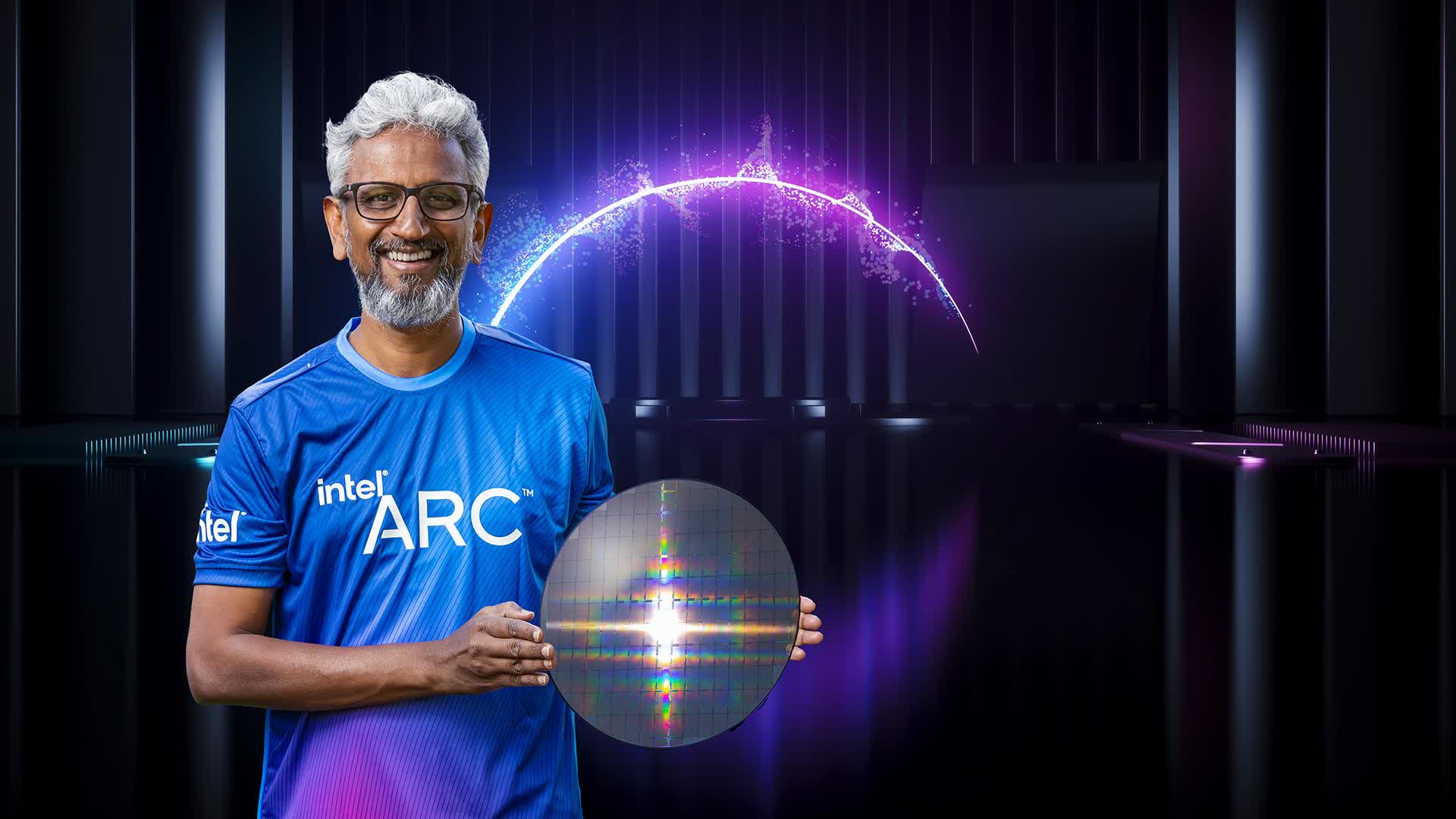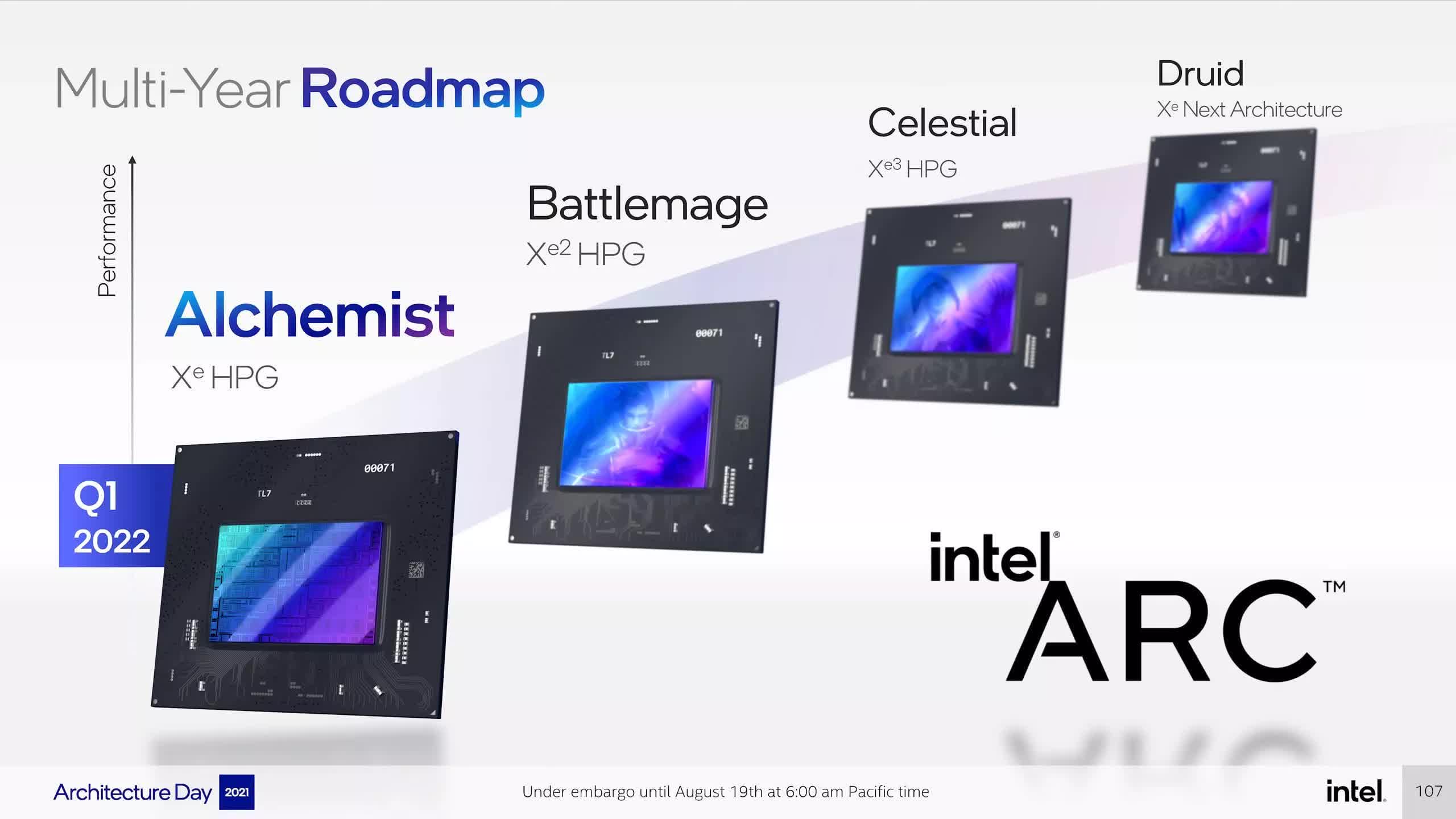TL;DR: When buying a new GPU, something many enthusiasts enjoy doing right after installing the graphics card, is playing with its clock, memory, and power settings to see how far they can push it. In most cases, a third-party application is necessary to overclock, however Intel plans to follow AMD's footsteps and implement overclocking tools right in the driver software.
Intel plans to release gaming-oriented Xe HPG "Alchemist" GPUs in Q1 2022. The Intel Arc brand was announced this month with upcoming GPUs that will span both mobile and desktop form factors, different price points and performance targets. According to Roger Chandler, Intel VP and GM of client graphics products and solutions, the company is redesigning its graphics driver software so that users can tweak GPU settings without the need for third-party tools.
In comparison, Radeon graphics card owners can play with GPU settings within the Adrenalin software, however Nvidia hasn't integrated such a feature in GeForce Experience or the graphics control panel, instead relying on third-party apps like MSI Afterburner and EVGA Precision.
Besides overclocking, Intel is also adding a virtual camera with AI assist capable of recording gaming highlights similar to Nvidia ShadowPlay. Moreover, the graphics drivers will support DirectX12 Ultimate, variable rate shading tier 2, mesh shading, DirectX and Vulkan ray tracing standards. It's a bold move for Intel, who will enter to compete with two well-established veterans in the consumer and gaming GPU market, however we also know for a fact they've been working on this for many years now.

Today we also learned that Intel is planning to launch the first SDK of XeSS, Intel's AI accelerated super-sampling technology, to ISVs (independent software vendors) later this month. A DP4a version, targeted at competing GPUs and Xe LP-based graphic solutions, is expected to be available later this year.
The Intel Arc gaming GPU roadmap consists of four generations of graphics architectures. "Alchemist" will only be the first of the major releases, followed by Battlemage, Celestial, and Druid.
All Alchemist GPUs will use Xe cores, the "compute building block" of Xe HPG GPUs. Each block has 16x vector engines and 16x matrix engines, also referred to as XMX, or Xe Matrix eXtensions. These chips will be based on TSMC's N6 node and pack up to 32x Xe cores, resulting in a 50 percent improvement in performance per watt and clock frequency at the same voltage over the previous generation.
